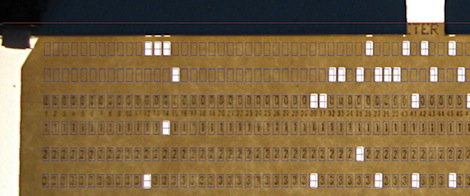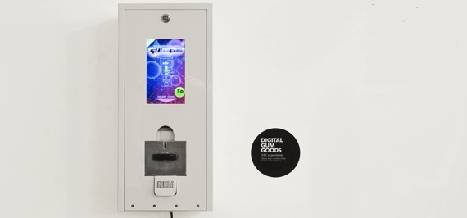
Perennial Hackaday favorite [Dino] has an article in this months Make magazine. It’s an automated ball launcher that allows you to play fetch with your dog without wearing your arm out.
The powerhouse inside [Dino]’s ball launcher is a windshield wiper motor powered by an 18 Volt cordless drill battery pack. When a ball in dropped into the hopper, it turns on a switch sending some power to the motor.
The swing arm that actually launches the ball is anchored to the frame of the ball launcher with a spring. This stores energy for one half of a rotation of the motor until the arm rotates half way around inside the box. Then, the arm quickly accelerates and launches the ball across the yard.
[Dino] says he’s working on training his dog to drop the ball into the chute after retrieving it, creating a perpetual game of fetch. At least until the battery runs down, that is. Video after the break.
Continue reading “[Dino] Builds A Fetch-O-Matic For This Month’s Make”













